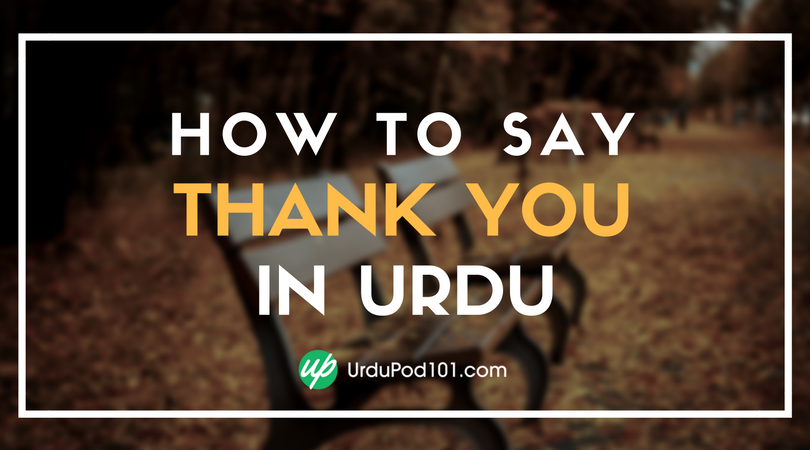Archive for the 'Urdu Alphabet' Category
June 25, 2021
How Long Does it Take to Learn Urdu?
Is it possible to give a definite time-frame for learning Urdu?
Frankly speaking, it’s quite difficult to specify exactly how long it will take someone to learn the language. There are multiple variables that affect one’s second-language acquisition, such as necessity, motivation, level of education, culture, and previous experience with languages.
Keeping this in view, it’s also imperative for an aspiring Urdu learner to decide what level of fluency they hope to attain. For example, picking up basic survival phrases for travel will take far less time than trying to become fluent.
In this article, we’ll answer questions such as, "How long does it take to learn Urdu?" and give you some tips on how to learn Urdu fast!
Table... Show more
December 18, 2020
How Hard is it to Learn the Urdu Language?
Some people say that Urdu is easy to learn, while others claim that Urdu is difficult.
Who are these people, and why should you believe them? Is it hard to learn Urdu, or easy?
Ask yourself these fundamental questions, and you may discover that the answers aren’t so straightforward.
At this stage, say goodbye to assumptions and taking others at their word. Instead, figure out the answers to these questions yourself as you begin your Urdu language-learning journey. It’s very likely that you’ll find some aspects of the language quite difficult and others much easier—this is normal when you start learning a language.
Due to its completely different writing script, Urdu tends to be a struggle for native English-speakers and... Show more
December 11, 2020
The Most Common Urdu Mistakes a Learner Makes
"The price of inaction is far greater than the cost of making a mistake." — Meister Eckhart
As a learner of a foreign language, you should always opt to make mistakes instead of keeping quiet. While no one enjoys making mistakes, they’re an inevitable part of language-learning, and every successful learner has made them. Just remember that it’s important to learn from those mistakes so as not to repeat them!
In this article, we’ll outline the most common mistakes Urdu-learners make and how to avoid them.
But before we start, a quick note:
If you’re an Urdu-learner, you’ll come to know at some point that even native Pakistanis are susceptible to making mistakes in their own language. For example, many Pakistanis are unable to... Show more
October 16, 2020
Urdu Keyboard: How to Install and Type in Urdu
You asked, so we provided—easy-to-follow instructions on how to set up your electronic devices to write in Urdu! We’ll also give you a few excellent tips on how to use this keyboard, as well as some online and app alternatives if you prefer not to set up a Urdu keyboard.
Table of Contents
Why it’s Important to Learn to Type in Urdu
Setting up Your Computer and Mobile Devices for Urdu
How to Activate an Onscreen Keyboard on Your Computer
How to Change the Language Settings to Urdu on Your Computer
Activating the Urdu Keyboard on Your Mobile Phone and Tablet
Urdu Keyboard Typing Tips
How to Practice Typing Urdu
1. Why it’s Important to Learn to Type in Urdu
Learning a new language is made so much easier when you’re able to... Show more
December 6, 2019
An Unavoidable Guide to Talk about Family in Urdu
Family is one of the most powerful and influential social institutions in Pakistan. It has certain emotional and economic factors that invigorate its roots in Urdu culture. People are ready to jeopardize anything when it comes to their family; therefore, knowing the prevalent familial system and its values can empower you to be a good fit in Pakistani society.
If you want to win the heart of someone, be smart enough to explore the vocabulary for talking about family in Urdu. By doing so, you can always increase your chances to break through the walls of indifference and become personal with Urdu people.In this article, you will learn many Urdu words and phrases concerning the questions and queries such as the Urdu word for family,... Show more









